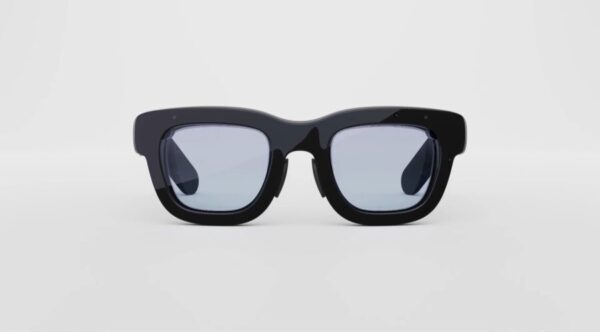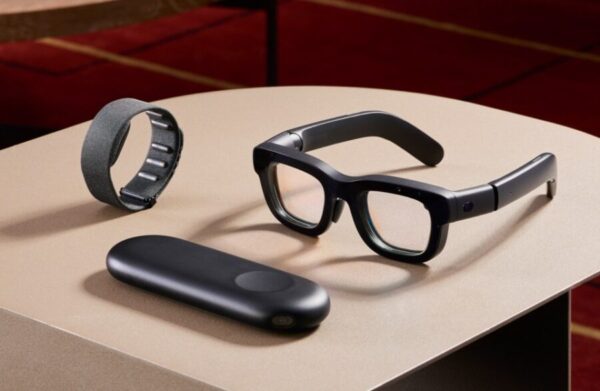
In Augmented Reality News
September 25, 2024 – Meta CEO Mark Zuckerberg has unveiled the company’s newest augmented reality (AR) glasses, with the introduction of Orion at Meta Connect today. Previously codenamed Project Nazare, Orion represents a significant milestone in Meta’s development of AR technology.
What is Orion from Meta?
Orion combines the look and feel of a regular pair of glasses with the immersive capabilities of augmented reality, and is the most advanced pair of AR glasses that Meta has made to date, with the company noting that “Orion bridges the physical and virtual worlds, putting people at the center so they can be more present, connected and empowered in the world.”
The glasses combine transparent lenses, enabling users to maintain eye contact and view the world around them, with advanced AR features that project 2D and 3D content directly onto the user’s environment. Meta stated that Orion’s release is a step toward achieving a key goal: ensuring users no longer need to choose between accessing digital information and being present in their physical surroundings.
The glasses are designed to integrate contextual AI into everyday life, providing proactive, real-time assistance in various scenarios. According to Meta, Orion’s form factor has been a primary focus, with all-day wearability a key consideration. Meta’s partnership with EssilorLuxottica on the Ray-Ban Meta smart glasses, which are arguably the most stylish smart glasses currently available, has no doubt significantly informed the development of Orion.
Orion: A New Milestone in Meta’s Quest toward AR’s North Star
According to Meta, there are three primary reasons why AR glasses are key to unlocking the next great leap in human-oriented computing:
- They enable digital experiences that are unconstrained by the limits of a smartphone screen. With large holographic displays, the physical world acts as the canvas on which 2D and 3D content and experiences can be placed.
- They seamlessly integrate contextual AI that can sense and understand the world around a user in order to anticipate and proactively address their needs.
- They’re lightweight and suitable for both indoor and outdoor use, and they allow people to see each other’s face, eyes, and expressions.
Meta describes the industry’s “north star” as a product combining the convenience of wearables with a large display, high-bandwidth input, and contextualized AI—all in a form factor comfortable for daily wear. Orion is a significant step toward this goal and, as its name aptly suggests, represents a waypoint in Meta’s journey toward reaching this north star.
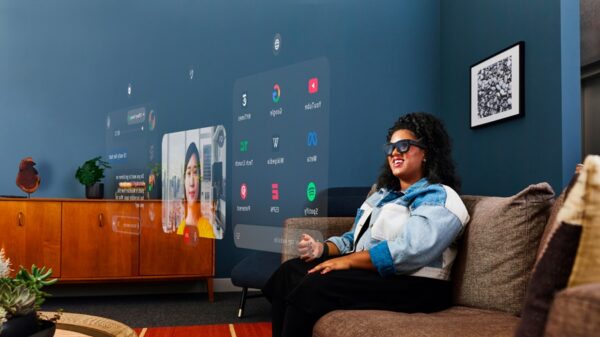
Orion’s Features and Capabilities
One of the standout features of Orion is its holographic display, which offers an enhanced field of view for AR content. According to Meta, the display offers “the largest field of view in the smallest AR glasses form to date,” with its size and clarity allowing users to engage with a range of digital content, from multitasking windows and large-scale entertainment experiences to life-sized holograms of people.
Meta added that to ensure the glasses are lightweight and comfortable whilst still maintaining the appearance of a regular pair of eyeglasses, the components that make up Orion have been packed down to a fraction of a millimeter.
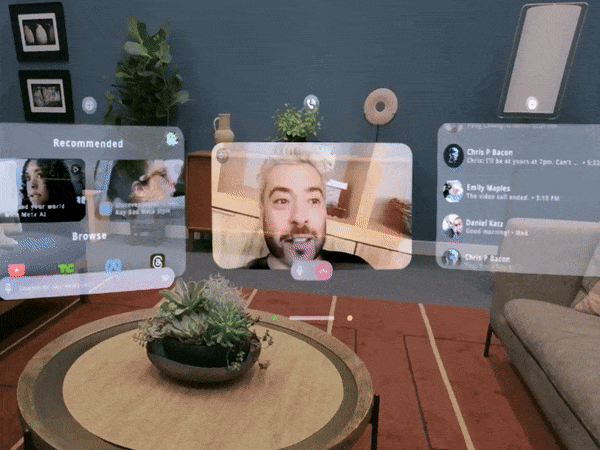
Contextual AI That Understands What You’re Looking At
The Meta AI smart assistant is integrated with Orion, enabling the glasses to understand contextual cues from the user’s environment in order to offer visualizations to aid with everyday tasks. For instance, a user could ask for recipe suggestions based on the contents of their refrigerator or adjust a digital family calendar while engaged in a video call—all through the glasses’ interface, without needing to reach for a phone, according to Meta.

When Will Orion Be Available To Consumers?
Orion is not intended for immediate consumer release, however, Meta stated “make no mistake: this is not a research prototype. It’s one of the most polished product prototypes we’ve ever developed, and is truly representative of something that could ship to consumers.” The company clarified that rather than rushing to put the product on shelves, it decided to focus on internal development first.
However, while Orion will not be available to the general public, beginning today at Connect and continuing throughout the year, Meta will be opening up access to Orion to its employees and select external audiences to allow the company’s development team to learn, iterate and build towards a consumer AR glasses product line.
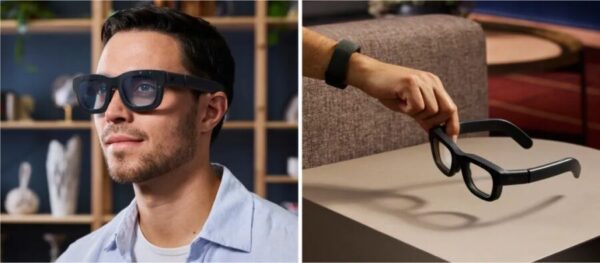
Evolution of AR Glasses and Meta’s AR Roadmap
Meta has been working towards the goal of developing consumer AR glasses for several years. The company’s Ray-Ban Meta glasses, which were first introduced in 2021, have been a solid step in the direction of bringing AR to everyday wear, allowing for hands-free access to key digital functions like messaging, AI assistance, and photo capture. However, Ray-Ban Meta smart glasses lack the holographic display and immersive capabilities that Orion offers.
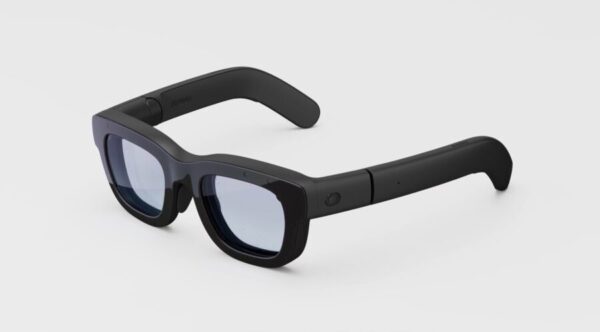
With Orion now positioned as a key precursor to a full-scale consumer release in the AR space, Meta stated that it will now be focusing on the following key areas:
- Tuning the AR display quality to make the visuals even sharper;
- Optimizing wherever it can to make the form factor even smaller;
- Building at scale to make true AR glasses more affordable.
In terms of timeline, the company simply stated that it plans to begin shipping consumer AR glasses “in the near future,” adding that over the next few years, audiences can expect to see new devices from the company that continually build on its R&D efforts, with Orion highlighting some of the possibilities that are within reach today.
For more information about Meta’s latest AR projects and the company’s Orion AR glasses, click here.
Image / video credit: Meta
About the author
Sam is the Founder and Managing Editor of Auganix. With a background in research and report writing, he has been covering XR industry news for the past seven years.

